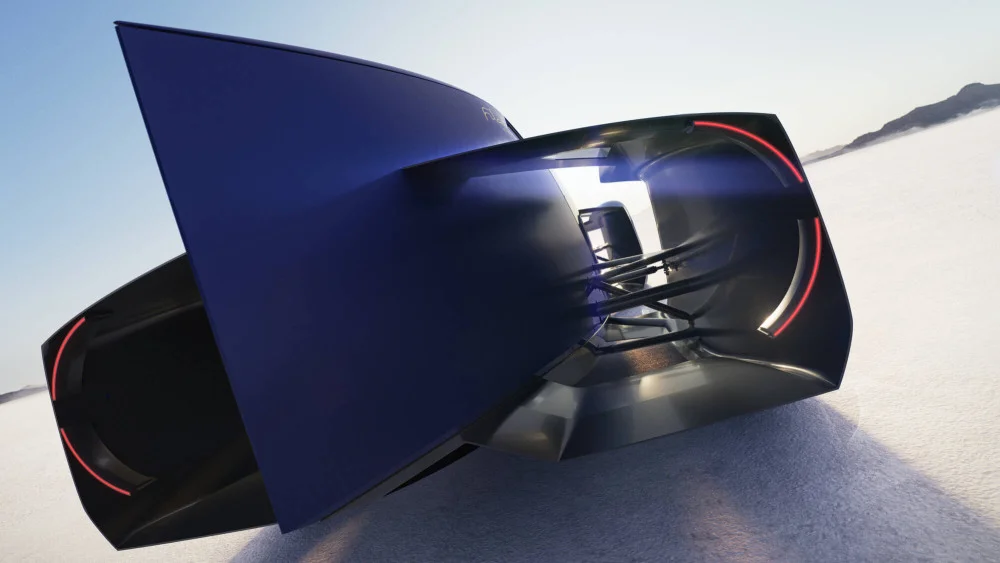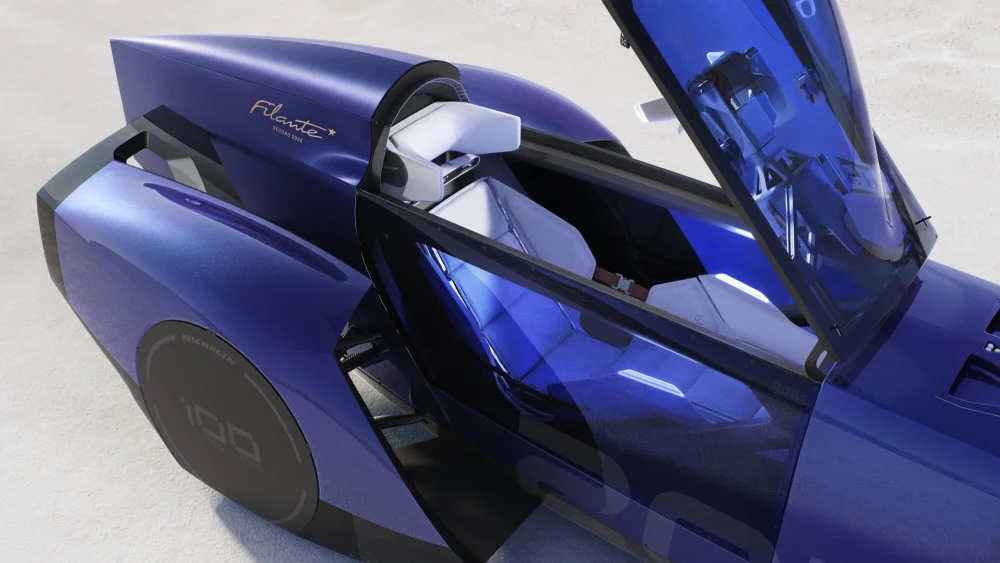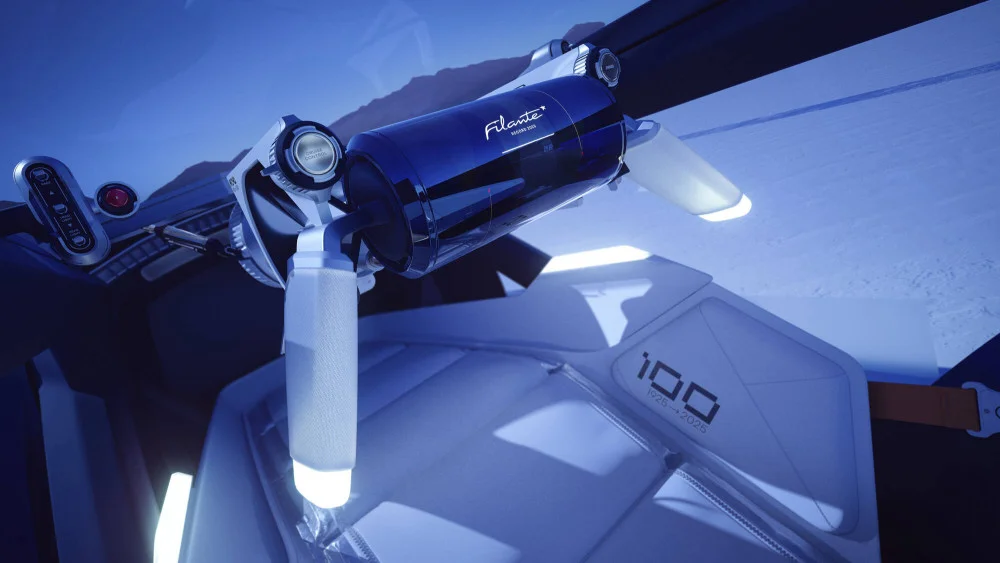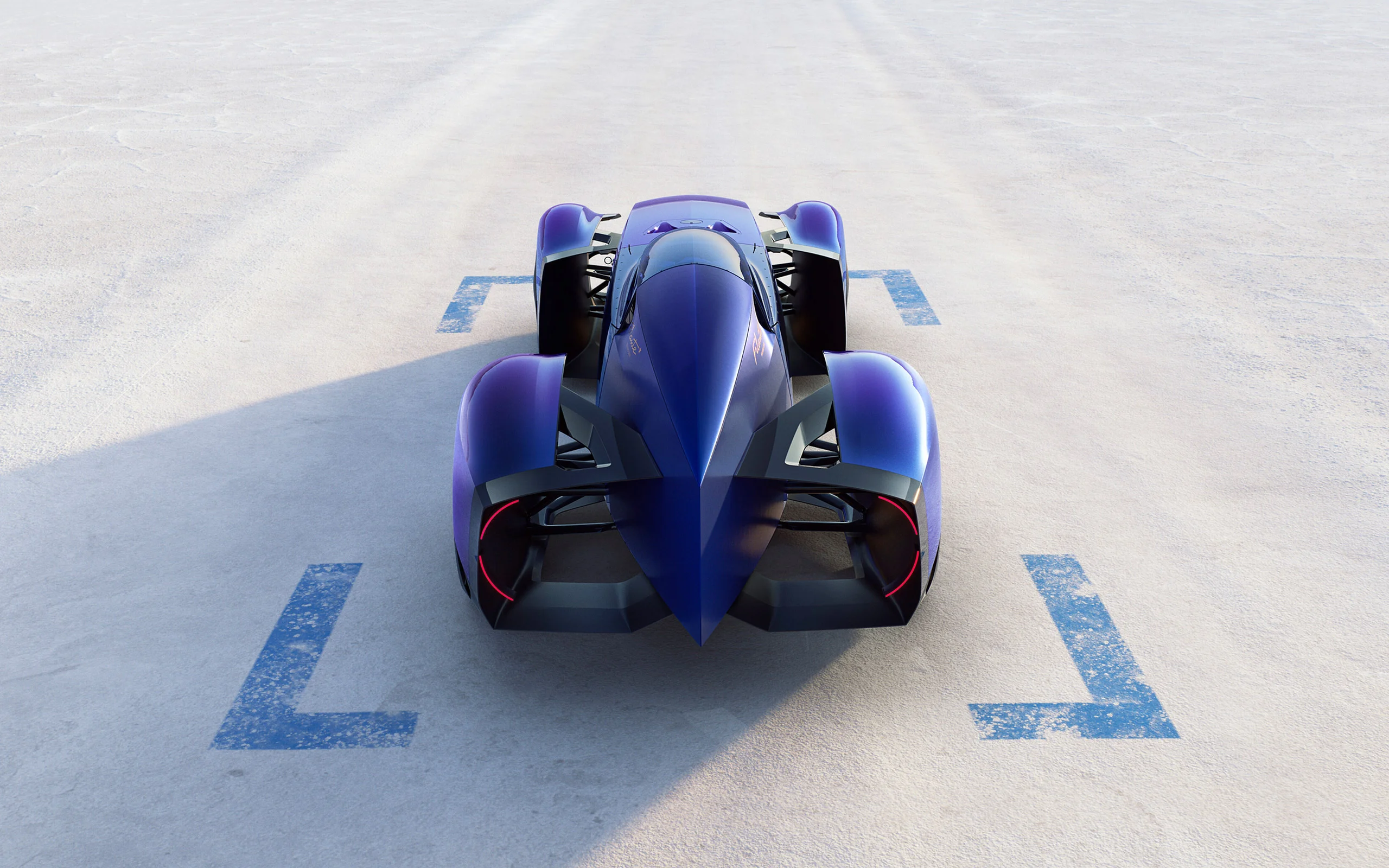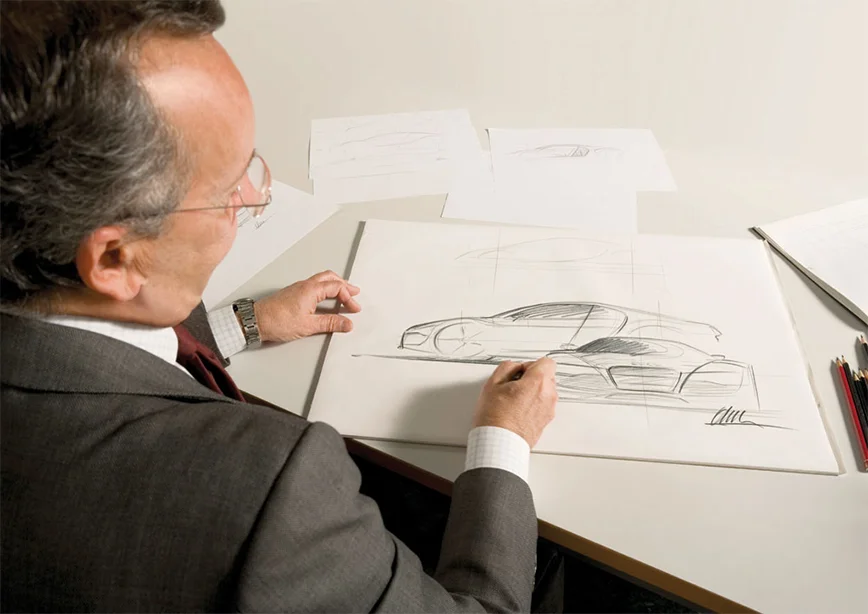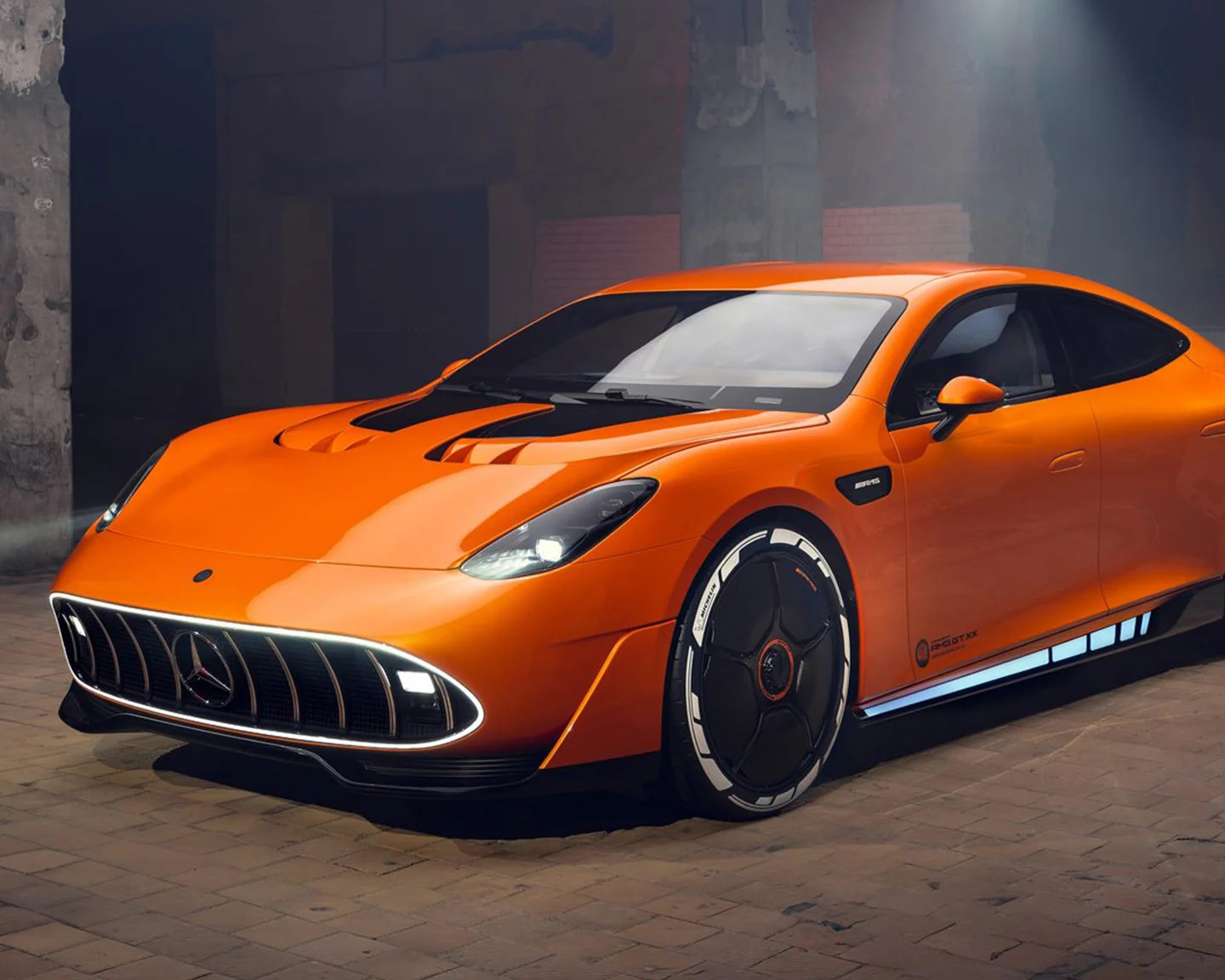Forget about your average electric car—that boring, beige crossover you see parked at every charging station. Meet the Renault Filante Record 2025, an audacious, single-seater electric machine built for one thing: to break records and look absolutely stunning while doing it. This isn't just a car; it's a rolling science experiment, a futuristic tribute to Renault’s iconic record-breaking past, and a showcase of what happens when you blend high-tech engineering with bold design.
Design: A Jet Fighter on Wheels
Let’s start with the looks because, frankly, the Filante Record 2025 is an absolute visual stunner. Painted in a shade called Ultraviolet Blue, the color shifts from blue to violet depending on the light—think of it as a mood ring on wheels. But it’s not just about the flashy paint; the entire car is designed to slice through the air like a fighter jet. At 5.12 meters long and 1.19 meters tall, it’s a low-slung, aerodynamic marvel. This car is so slippery that even the drag coefficient could make a fighter plane jealous. The bubble cockpit and exposed screws on the bodywork only reinforce the feeling that this is a serious piece of performance machinery. It’s a car that looks fast standing still.
A Nod to Renault’s Legacy: Heritage Meets the Future
Renault is quick to point out that the Filante Record 2025 draws inspiration from their record-breaking heritage—namely, the 40 CV des Records (1925) and the Étoile Filante (1956), both of which set speed and endurance records in their day. While those cars were powered by petrol, the Filante Record 2025 is here to prove that electricity can be just as exhilarating. If it doesn’t break any records, at least it’ll look jaw-droppingly cool trying.
Performance: Superlight and Super Efficient
Now, let’s talk performance—because that’s what this car is all about. The Filante Record 2025 features a 87 kWh battery (the same as the Renault Scenic E-Tech—but that’s where the similarities end). Despite having the same battery size, it’s way lighter—clocking in at just 1,000 kg. That’s lighter than some people’s opinions on Twitter. This lightweight wizardry is achieved through extensive use of carbon fibre, aluminium, and exotic alloys, making the car both durable and surprisingly nimble. It’s also incredibly efficient, thanks to the collaboration with Ligier Automotive to create a car that wastes as little energy as possible—down to the Michelin tyres, which are so low-friction they might as well be coated in Teflon.
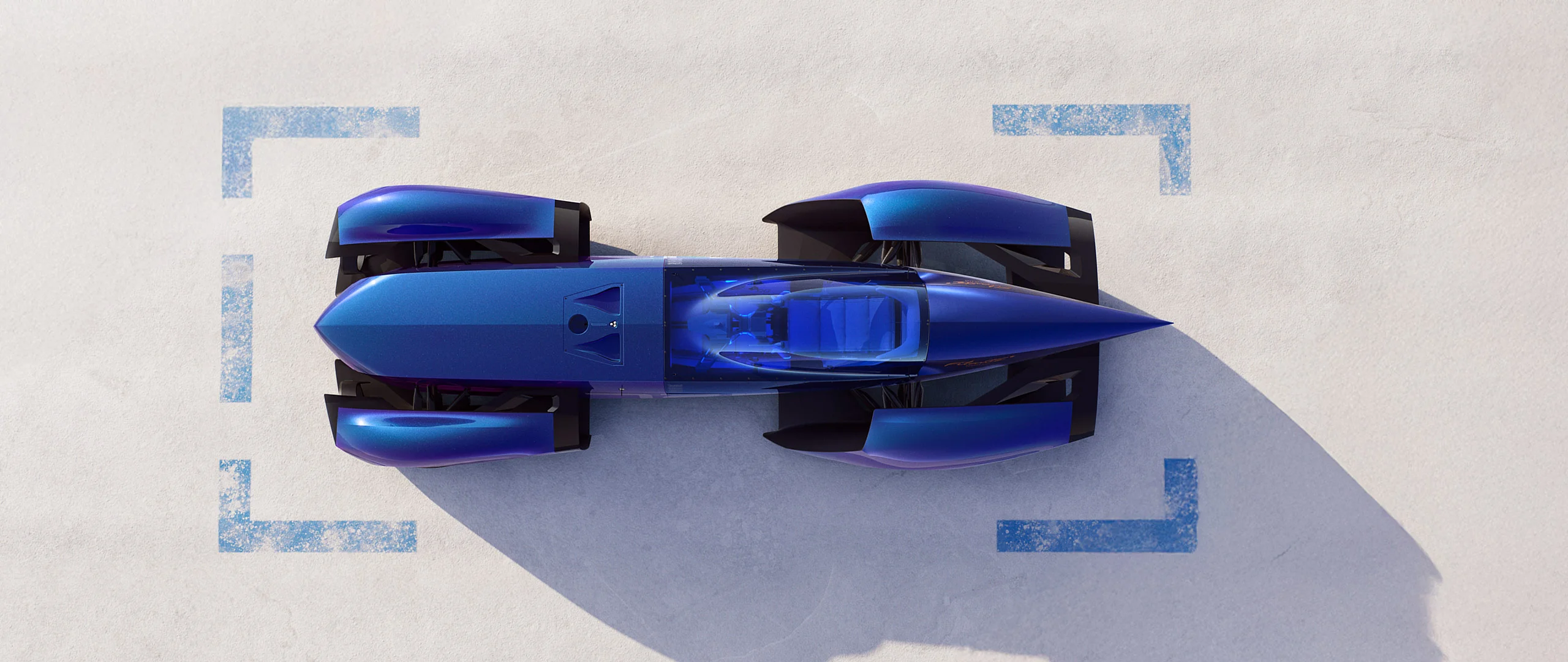
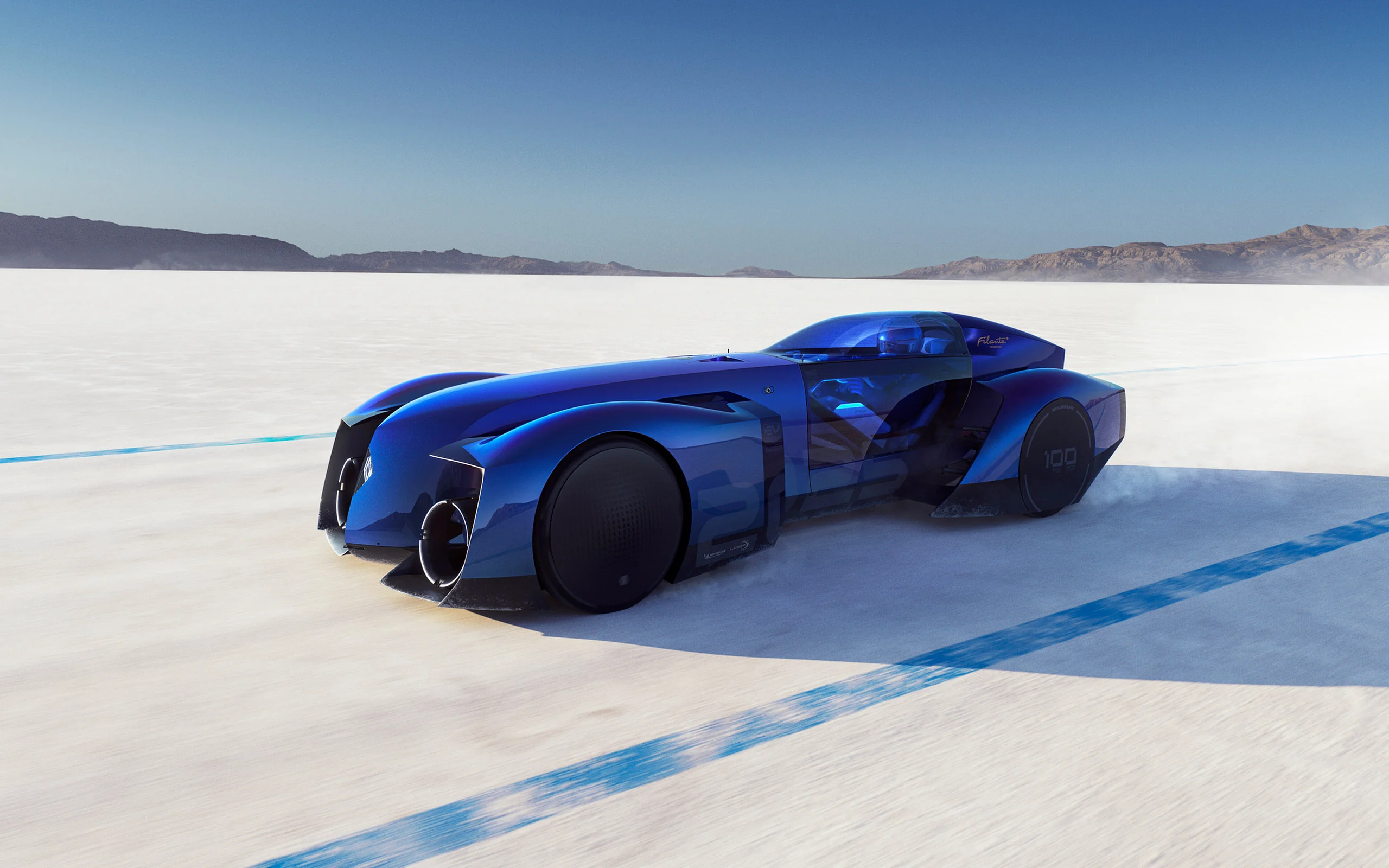
Innovative Tech: Digital Wizardry Meets Aerodynamics
This car is less of a conventional automobile and more of a high-tech laboratory on wheels. The steering and brakes? Completely digital. There’s no mechanical link between the driver and the car’s systems. It’s all steer-by-wire and brake-by-wire, meaning electrical signals tell the car how to respond. It sounds like the future, but in practice, it also means that if the systems fail, you’re in for one wild ride.
Inside, the F1-inspired driving position has the driver sitting directly over the battery for optimal weight distribution. The seat is made from stretched canvas, molding to the driver’s body like a high-tech hammock. And the 3D-printed steering wheel is made from Scalmalloy, a material so futuristic it sounds like something straight out of a Marvel movie.
The battery tech also deserves a mention. Renault uses cell-to-pack technology, which integrates the cells directly into the battery pack without extra modules, saving both space and weight. This allows the car to maintain its sleek, low profile while still packing a substantial punch.
A Car Built for Record-Breaking Efficiency
The true star of the show, though, is efficiency. Every detail of the Filante Record 2025 is optimized to minimize drag and rolling resistance. The elongated teardrop shape reduces air resistance to nearly zero, and even the suspension arms are streamlined. The result is a car that barely wastes a single watt—designed to sprint across the road with record-breaking efficiency.
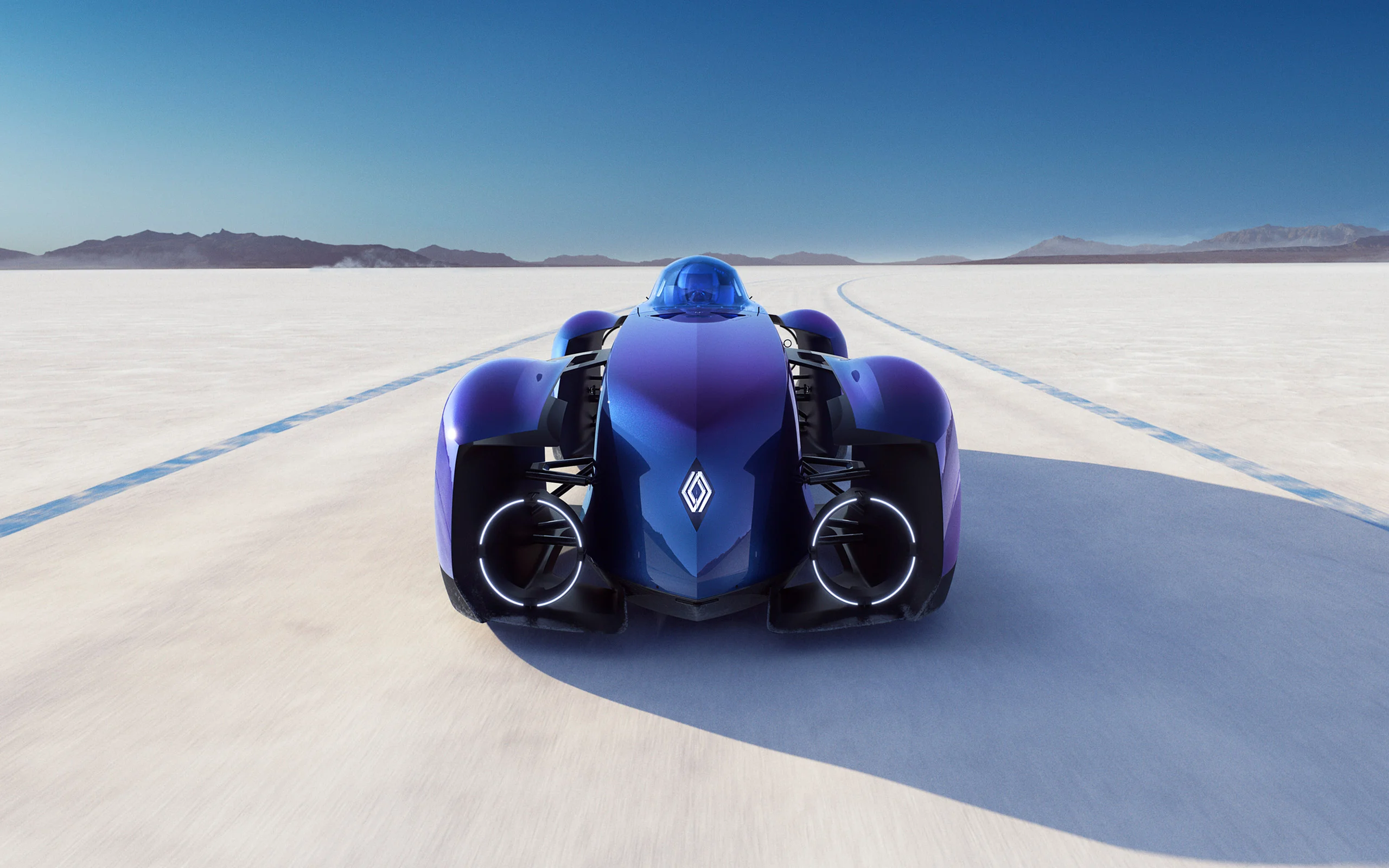
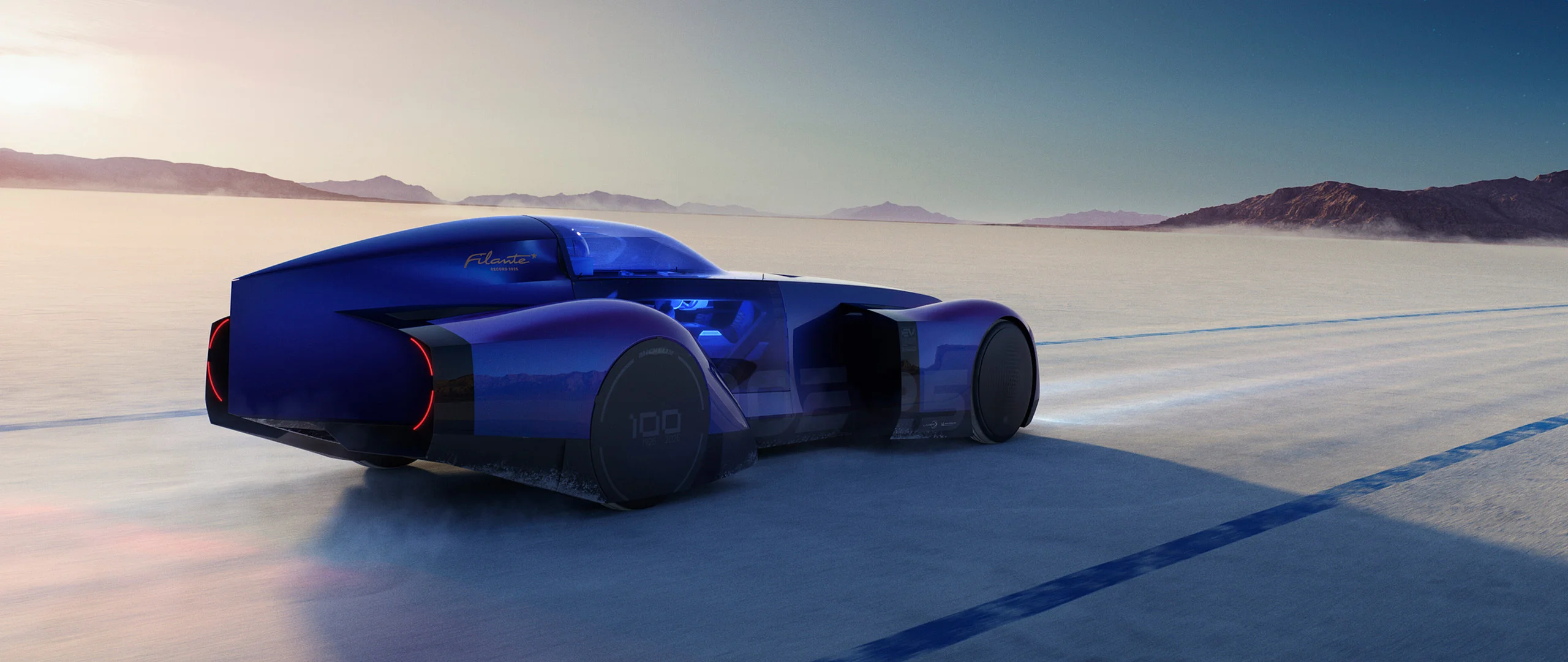
A Name That Means Business
So why the name “Filante Record 2025”? It’s a tip of the hat to Renault’s rich history of record-breaking performance, particularly the Étoile Filante, which set speed records in America in 1956. By naming this electric marvel after those iconic machines, Renault is declaring: “We’ve done it before. We’ll do it again. But this time, it’s with electricity.”
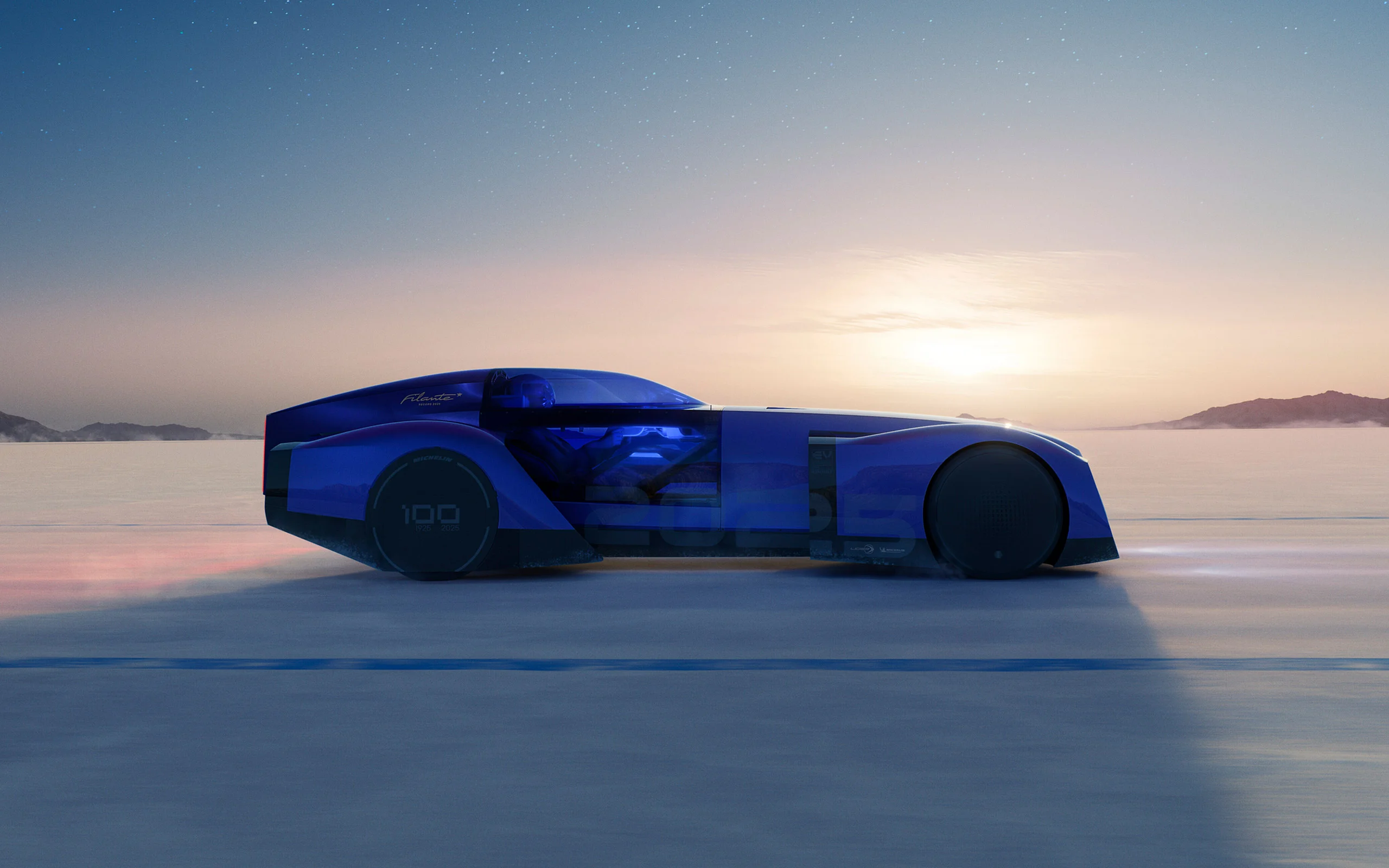
The Verdict: Not Practical, But Totally Worth It
Let’s be real—the Filante Record 2025 is not a practical car. It’s not something you’ll take to the grocery store (unless you want to be that person). But who cares? It’s an engineering masterpiece, a work of art, and a bold statement that electric vehicles don’t have to be boring. Even if it doesn’t break any records, it’s still cool. The Filante Record 2025 is a car that speaks directly to the inner petrolhead in all of us, showing that electric cars can have just as much heart and soul as their gas-guzzling ancestors.
Bravo, Renault. Now, just give it a proper V8 soundtrack, and you’ll have our full attention.
